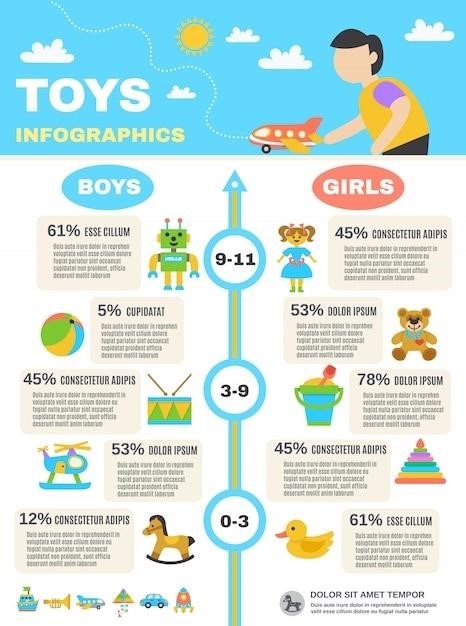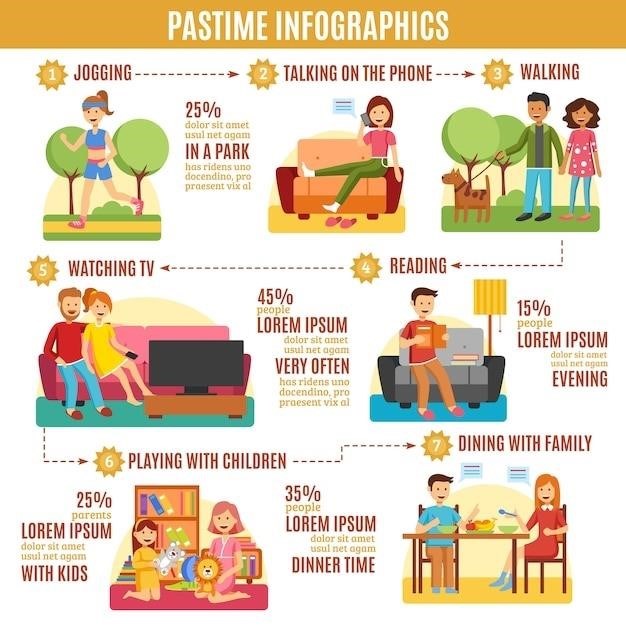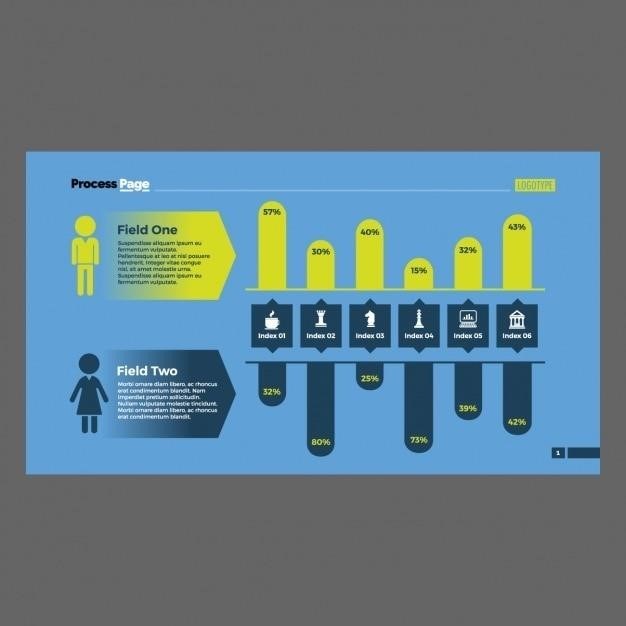
stages of play development chart pdf
Stages of Play Development
Play is a vital activity in children developing age-appropriate skills and understanding their place in the world. Social skills are the skills we use every day to interact and communicate with others. The six stages of play development are unoccupied play, solitary play, onlooker play, parallel play, associative play, and cooperative play. These stages were first described by Mildred Parten in 1929, and they highlight the way children’s play changes with age as they grow and develop social skills.
Introduction
Play is an essential aspect of a child’s development, providing a foundation for social, emotional, cognitive, and physical growth. It is during play that children learn to interact with others, develop problem-solving skills, explore their creativity, and build self-confidence. Understanding the stages of play development is crucial for parents, educators, and caregivers to create environments that support and nurture a child’s growth. The stages of play development chart provides a framework for observing and understanding the progression of a child’s play, offering insights into their developmental milestones and providing guidance for appropriate play activities.
This chart, often referred to as Parten’s Stages of Play, outlines six distinct stages that children typically progress through from infancy to early childhood. Each stage reflects a different level of social interaction and complexity in play, offering valuable information about a child’s social and cognitive development. By understanding these stages, educators and parents can create stimulating environments that encourage children to engage in appropriate play activities, fostering their overall development and well-being.
The Six Stages of Play
The six stages of play development, as outlined by Mildred Parten in 1929, provide a comprehensive framework for understanding how children’s play evolves from infancy to early childhood. These stages represent a progression in social interaction, complexity of play, and cognitive development. Understanding these stages allows parents, educators, and caregivers to create enriching environments that support and encourage children’s growth;
These stages are⁚ Unoccupied Play, Solitary Play, Onlooker Play, Parallel Play, Associative Play, and Cooperative Play. Each stage is characterized by distinct behaviors and social interactions, offering valuable insights into a child’s developmental progress. The chart acts as a guide for recognizing these stages and providing appropriate play opportunities that foster a child’s social, emotional, cognitive, and physical development. By understanding the stages of play development, educators and parents can create stimulating environments that encourage children to engage in appropriate play activities, fostering their overall development and well-being.
Unoccupied Play (Birth, 3 Months)
Unoccupied play marks the earliest stage of play development, observed in infants from birth to three months of age. During this stage, babies are primarily focused on exploring their immediate surroundings and developing their sensory awareness. Their play activities are characterized by random movements, such as kicking their legs, waving their arms, and exploring objects with their mouths. These seemingly random actions are crucial for their development, as they enhance their motor skills, sensory perception, and coordination.
Parents and caregivers can foster this stage by providing a safe and stimulating environment. This could include hanging colorful mobiles above the crib, offering soft toys with different textures, and engaging in gentle physical interactions, such as rocking or cuddling. It is important to remember that during this stage, infants are primarily focused on exploring their own bodies and the world around them, and their play activities are largely driven by instinct and curiosity.
Solitary Play (3 Months ౼ 2 Years)
Solitary play, the second stage of play development, emerges between the ages of three months and two years. During this phase, children begin to engage in self-directed play activities, exploring their environment and experimenting with objects independently. They might stack blocks, scribble with crayons, or pretend to feed a doll, all without seeking direct interaction with others. This solitary play is essential for developing their imagination, creativity, and problem-solving skills. It allows them to explore their own ideas and develop a sense of self-reliance.
Parents and caregivers can support solitary play by providing a safe and stimulating environment with a variety of age-appropriate toys and materials. They can also encourage exploration by offering open-ended activities, such as a box of blocks or a set of crayons, and by providing opportunities for children to engage in imaginative play, such as pretending to be a doctor or a chef. While solitary play is important, it is also vital to ensure that children have opportunities to interact with others, which will prepare them for the next stages of play development.
Onlooker Play (2 Years — 3 Years)

Onlooker play, the third stage of play development, typically emerges between the ages of two and three. During this period, children begin to show an interest in the activities of others, often observing them from a distance. While they may not directly participate in the play themselves, they are clearly engaged and attentive, watching the actions of their peers and absorbing information about social interactions. This stage is characterized by a growing awareness of others and a desire to understand their behaviors and routines. Children in this stage may mimic the actions of other children or ask questions about what they are doing.
Parents and caregivers can encourage onlooker play by creating opportunities for children to observe others engaging in various activities. This could include watching children play in a park, attending a playdate, or observing a group of children engaging in a shared activity. It is also important to provide a safe and supportive environment where children feel comfortable watching and learning from others. By fostering a sense of curiosity and observation, parents can help children develop their social skills and prepare them for the more interactive stages of play that will follow.
Parallel Play (2.5 Years — 4 Years)
Parallel play, the fourth stage of play development, typically occurs between the ages of 2.5 and 4 years. During this stage, children begin to play alongside other children, often using the same toys or engaging in similar activities. However, their play remains largely independent, with little or no direct interaction or collaboration. Children in parallel play may be aware of others’ presence, but they are primarily focused on their own individual play experiences. They might observe each other, mimic each other’s actions, or even borrow toys from each other, but they do not typically engage in shared goals or coordinated play. Parallel play is an important step in the development of social skills, as it helps children learn to share space and resources, and to tolerate the presence of others. It also allows them to practice their developing motor skills and imaginative play in a less demanding social context.
Parents and caregivers can encourage parallel play by providing children with opportunities to play alongside others in a safe and stimulating environment. This could include setting up a play area with a variety of toys and activities, or organizing playdates with other children of similar age. It is also important to encourage children to share toys and resources, but to avoid forcing them to engage in direct interaction if they are not ready. By providing a supportive and structured environment, parents can help children navigate the social nuances of parallel play and prepare them for the more collaborative stages of play that will follow.
Associative Play (4 Years — 5 Years)
Associative play, the fifth stage of play development, emerges between the ages of 4 and 5 years. This stage marks a significant shift in social interaction, as children begin to engage in more collaborative play with others. While they still maintain their own individual play agendas, they start to share materials, communicate with each other, and even influence each other’s play activities. Children in associative play may engage in brief conversations about their play, negotiate the use of shared resources, or even borrow toys from each other. However, they do not typically engage in coordinated or shared goals. Their play is more about interacting with others and enjoying each other’s company than about working together to achieve a common objective.
Associative play is a critical step in the development of social skills and social cognition. It allows children to learn about the perspectives of others, to negotiate and compromise, and to build relationships with peers. It also helps them to develop their communication skills, their understanding of social norms, and their ability to work cooperatively in a group setting. Parents and caregivers can encourage associative play by providing children with opportunities to interact with others in a structured and supportive environment. This could include organizing playdates, joining a playgroup, or providing children with opportunities to play together in a shared space. It is also important to encourage children to share materials, to communicate with each other, and to negotiate solutions to conflicts that may arise.
Cooperative Play (5 Years and Up)
Cooperative play, the most advanced and complex stage of play development, typically emerges around the age of 5 and continues throughout childhood and adolescence. This stage is characterized by a high level of social interaction and collaboration, as children work together towards shared goals and objectives. They engage in coordinated play, taking on roles and responsibilities within a group, and negotiate and compromise to achieve common outcomes. Children in cooperative play often demonstrate a clear understanding of social norms, rules, and expectations, and they are able to communicate effectively with each other to ensure that everyone is working towards the same objective.
Cooperative play is essential for developing important social and cognitive skills. It helps children learn about teamwork, collaboration, and negotiation. It also helps them develop their communication skills, their ability to take turns, and their understanding of social norms. Parents and caregivers can support cooperative play by providing children with opportunities to engage in group activities, such as playing games, building projects, or participating in sports. They can also encourage children to work together to solve problems, to negotiate solutions to conflicts, and to take turns. It is important to create a supportive and encouraging environment where children feel safe to experiment with social interactions and to learn from their mistakes.
Importance of Play Development
The stages of play development are not simply a series of amusing activities; they are fundamental to a child’s overall growth and development. Play is more than just fun; it is a powerful tool that allows children to explore their world, learn new skills, and develop their social, emotional, cognitive, and physical abilities. As children progress through the different stages of play, they are exposed to new challenges and opportunities that help them to develop a range of important skills. These skills are essential for success in school, in social situations, and in life in general.
Play is crucial for developing a child’s social skills. It provides a safe and supportive environment for children to learn how to interact with others, to communicate effectively, to negotiate, and to resolve conflicts. Through play, children learn about cooperation, empathy, and respect for others. Play also plays a vital role in cognitive development. Children learn problem-solving skills, creative thinking, and critical thinking skills through play. They also develop their language skills, their ability to understand abstract concepts, and their ability to reason. Play also contributes to a child’s physical development. Children develop their motor skills, their coordination, and their balance through play. They also learn about their bodies and how to move them effectively.

Understanding the stages of play development is essential for parents, educators, and caregivers. By recognizing the different stages of play, adults can provide children with the appropriate opportunities to develop their skills and reach their full potential. The stages of play development are not just a series of activities; they are a window into a child’s cognitive, social, emotional, and physical development. By observing a child’s play, adults can gain valuable insights into their strengths, weaknesses, and areas where they might need extra support.
It is important to remember that children develop at their own pace. Some children may progress through the stages of play more quickly than others, while some children may need extra time and support. The key is to provide children with a variety of opportunities to play, both independently and with others. This will help them to develop the skills they need to succeed in all areas of their lives. The stages of play development are a valuable tool for understanding how children learn and grow. By understanding these stages, adults can provide children with the support they need to reach their full potential;
Comments (0)